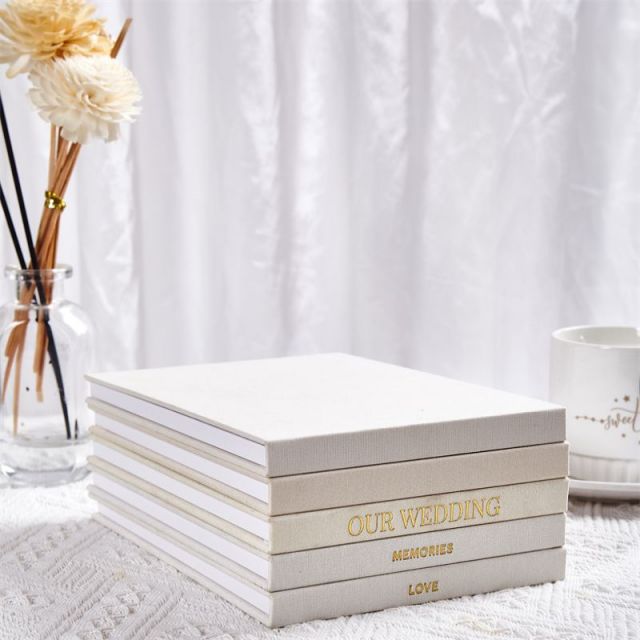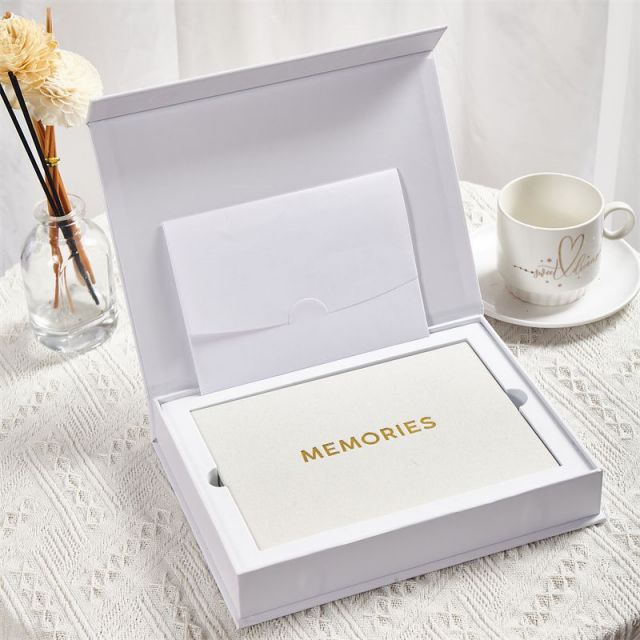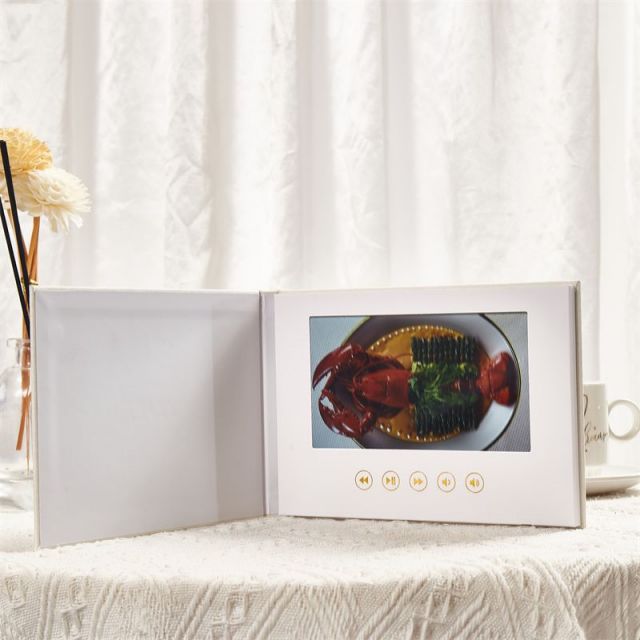how to take wedding film?
Taking wedding films requires careful planning, technical skill, and an artistic eye to capture the emotions and essence of the day. Here's a step-by-step guide on how to take a wedding film:
Preparation:
Meet the couple: Understand their expectations, preferences for style (cinematic, documentary, etc.), important moments they want captured, and any special requests.
Equipment check: Ensure your camera(s) is high-quality with video capabilities, tripods, stabilizers, microphones (for clear audio), lighting equipment, extra batteries, memory cards, and lenses suitable for both wide-angle shots and close-ups.
Storyboard/Shot list: Plan out key scenes such as getting ready, first look, ceremony, speeches, dances, and details like rings, dress, decorations.
On the Wedding Day:
Arrive Early: Set up cameras for the preparations, capturing candid moments as the couple gets dressed and interacts with family and friends.
Cinematic Techniques: Use various angles, slow motion, time-lapses, and creative shot compositions to add depth and emotion to the film.
Audio Recording: Make sure you're recording clean audio during vows, speeches, and other significant moments. Consider using wireless lavalier or shotgun mics.
Be Unobtrusive: Be mindful not to disrupt the flow of events while filming. Stay alert for spontaneous moments that unfold naturally.
During the Ceremony & Reception:
Cover All Angles: Have multiple cameras if possible to get different perspectives.
Capture Reactions: The expressions on guests' faces can be just as telling as the main action.
Lighting: Adapt to changing light conditions throughout the day, use additional lighting if necessary but keep it subtle to preserve the ambiance.
Post-Ceremony:
Golden Hour Footage: Take advantage of the soft, warm light during sunset for romantic, cinematic shots.
Detail Shots: Don't forget to capture details like the cake cutting, decorations, and the venue itself.
Post-Production:
Editing: Organize footage, select the best clips, and assemble them in a way that tells a compelling story. Include music that complements the mood and style of the couple.
Color Grading: Adjust colors and contrast to enhance the visual appeal and create a cohesive look.
Narrative Structure: Create a narrative arc that includes the build-up, climax (e.g., the first kiss, the first dance), and emotional highlights.
Review & Feedback: Share a draft with the couple and incorporate their feedback before finalizing the film.
Remember, wedding film making is about storytelling. It’s not just about capturing what happened, but also conveying the feelings and atmosphere of the day. So stay focused on the emotions and the unique love story being told.




